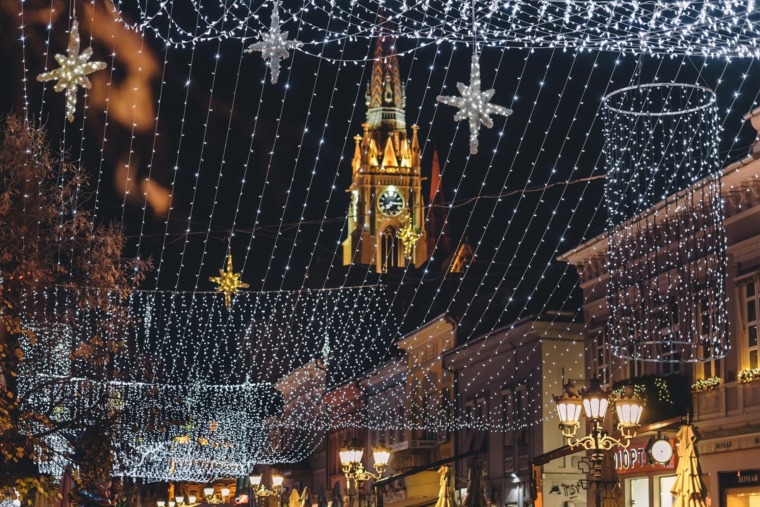

In the heart of Prizren, Kosovo, the Church of Bogorodica Ljeviška stands as a magnificent relic of medieval Serbian culture and Byzantine artistry. Built in the early 14th century under the reign of King Stefan Milutin, this church is renowned for its stunning frescoes, one of which contains an artistic marvel that predates many Renaissance innovations: a depiction of Jesus Christ painted in a manner that creates the illusion of his gaze following the viewer.
The Church of Bogorodica Ljeviška: A Historical Gem
Originally constructed in the Byzantine style and later adapted into a Serbian Orthodox church, Bogorodica Ljeviška reflects a harmonious blend of architectural traditions. Its walls are adorned with frescoes created by masters of the Paleologan Renaissance, an artistic revival that enriched the cultural landscape of the medieval Balkans.

Among these frescoes is a unique depiction of Jesus Christ, a masterpiece of spiritual and artistic depth.
The Fresco of Jesus Christ: A Visionary Work
This particular fresco of Jesus Christ is celebrated for its mesmerizing effect. The portrayal captures Christ in a serene yet commanding expression, with his eyes painted using an innovative technique that creates the illusion of movement. No matter where a viewer stands within the church, it seems as though Christ’s gaze is fixed directly upon them.

This effect is achieved through meticulous manipulation of shading, perspective, and line work. While modern audiences might associate such visual phenomena with Renaissance masters, this fresco was completed in 1310, predating works like Leonardo da Vinci’s Mona Lisa by more than two centuries. The immersive realism was not only an artistic triumph but also a deeply spiritual one, designed to evoke the omnipresence of Christ and his personal connection to every believer.
Theological Significance of the Gaze
In Orthodox Christianity, icons and frescoes serve a dual purpose: they are both works of art and objects of devotion. The fresco’s ability to “follow” the viewer reinforces the theological notion of Christ’s all-seeing, all-encompassing presence. For worshippers in the 14th century, this was not just an artistic trick but a profound reminder of Christ’s omniscience and his ability to connect with every individual soul.

Preservation and Legacy
Over the centuries, Bogorodica Ljeviška has faced numerous challenges, including damage during periods of conflict and neglect. Despite these hardships, the church and its frescoes remain a testament to the resilience of cultural and spiritual heritage. Recognized as a UNESCO World Heritage Site, efforts have been made to preserve and restore the frescoes, ensuring their legacy endures.
Today, the fresco of Jesus Christ continues to inspire awe and curiosity. Its technical sophistication and spiritual depth stand as a reminder of the artistic achievements of medieval Serbian culture, rivaling the innovations of later periods.
Conclusion
The fresco of Jesus Christ in Bogorodica Ljeviška is not merely a work of art but a visionary piece that challenges the conventional timeline of artistic innovation. Predating the Renaissance by centuries, it demonstrates the extraordinary skill and spiritual insight of its creators. The captivating gaze of Christ, which seems to follow every visitor, invites all who behold it to reflect on the universal and eternal presence of the divine.
Featured image: Vladimir Vukotic, CC BY-SA 3.0 https://creativecommons.org/licenses/by-sa/3.0, via Wikimedia Commons
Related Articles


10 Dishes That Must Be on a Serbian New Year’s Table
December 24, 2025
Tourist Holiday Guide to Serbia: Tips, Traditions & What to Expect
December 20, 2025
Čačak: Serbia’s Open-Air Gallery of Murals
December 19, 2025
Belgrade: From Filming Location to Film Capital in the Making
December 18, 2025




